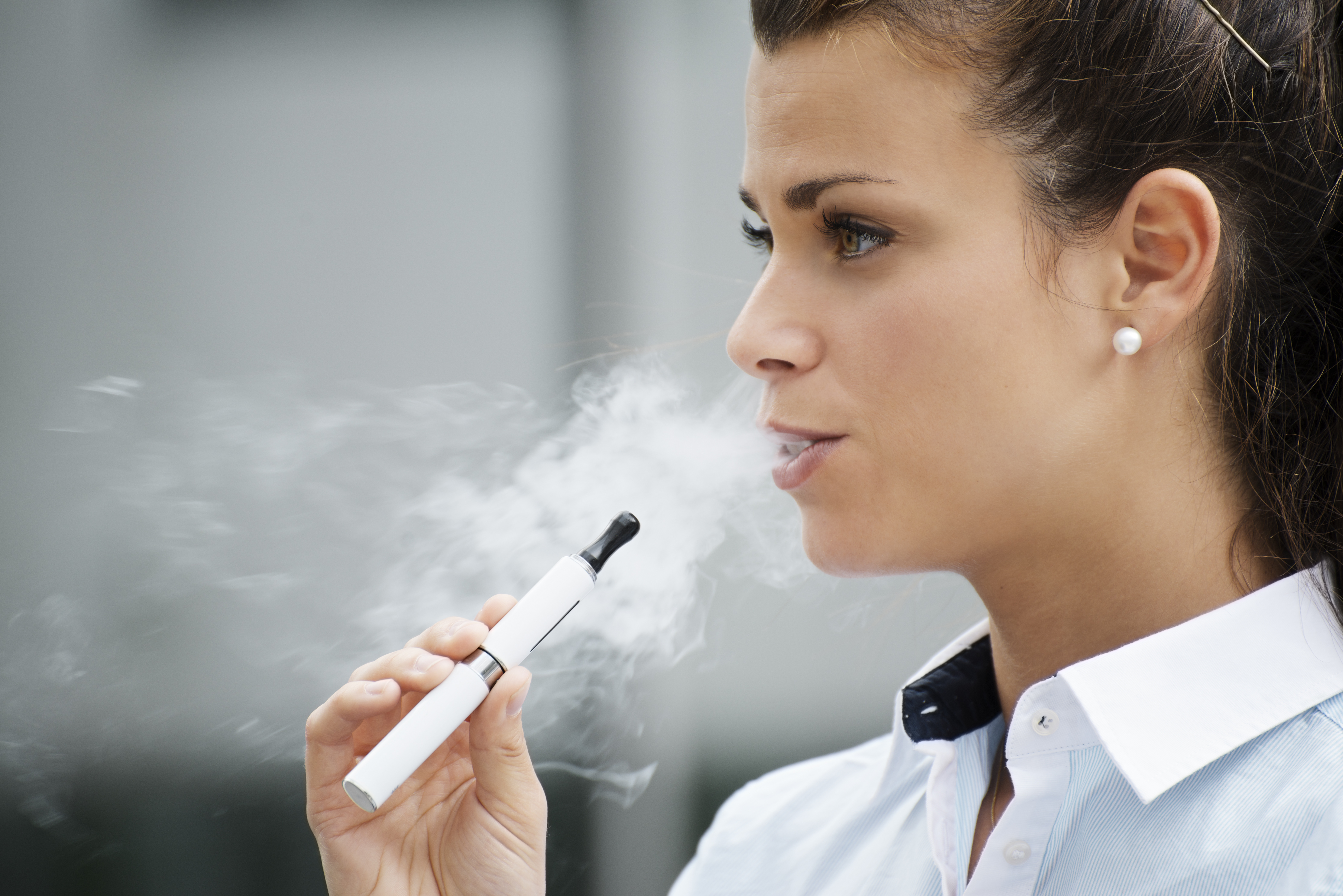
Every single vaporizer in use today is fundamentally the same. Some might look very different than others, but they all do the same thing: take a liquid and turn it into a gas. Yet, there seems to be some mystery surrounding vaping.
You’ve probably seen articles on your Facebook feed, or overheard a conversation while walking down a busy street. Why is it that people have such a hard time wrapping their heads around what it is that we do? Is it that vaping is relatively new, and they are just having a hard time adjusting? Or is it the act itself? A liquid becoming a gas right before your eyes; exhaling large volumes of cloud-like vapor. Maybe this seems like a bit of a magic trick, or the work of some modern alchemist. Despite somewhat of futuristic appearance, vaping still boils down to the simple act of (you guessed it) vaporizing a liquid. Although these factors may be part of the mystery, much of what you may hear is focused on the liquids themselves that are used for vaping.
E-liquids, across the board, are as similar as they are different. They all have the same three building blocks, but each one of those building blocks can have totally different ingredients from one e-liquid to the next. Let’s talk about what they are.
E-liquid Building Block Number One: Nicotine
For the many people who vape as a safer alternative to smoking, nicotine[1] is certainly an important aspect of the vaping experience. However, many companies offer the same flavor ejuice in varying concentrations of nicotine, including none at all! When there is no nicotine in your ejuice, it only has two primary constituents…
E-liquid Building Block Number Two: Flavor
Liquid flavors are incredibly diverse and the list of flavors is only growing. Flavors basically come in two varieties, artificial flavorings and natural flavor extracts, and each one is just what it sounds like. Natural flavor extracts are actually made from the things that have that flavor, albeit in a very concentrated form. Artificial flavors are developed by chemical means to replicate the flavors that bear the same name.
E-liquid Building Block Number Three: Diluents
Diluents[2] are merely the substances used to dilute the e-liquid, with the added task of producing the bulk of the vapor for exhalation. These liquids are typically either vegetable glycerine (VG), or propylene glycol (PG), or a combination of the two. For a more detailed description of VG and PG, check out some of our recent blog posts.
If you ever run into someone confused or mislead about the truths of vaping, reassure them as to how simple and natural it is by explaining the three building blocks.
Have some thoughts on the matter or have something you’d like our blog to cover? Let us know by leaving us a comment.
[1] http://www.eliquidusa.org/what-is-e-liquid [2] https://en.wikipedia.org/wiki/Diluent